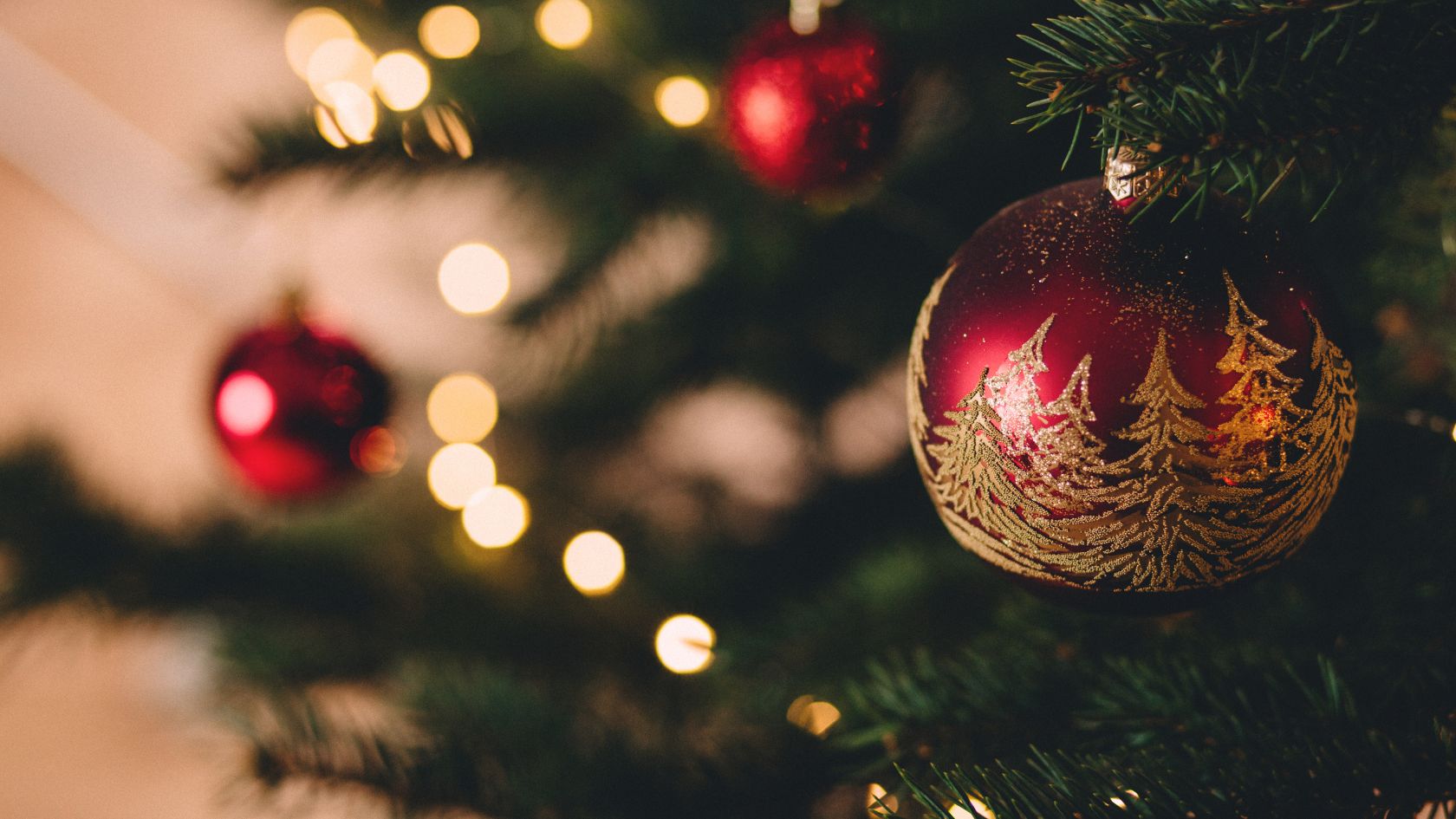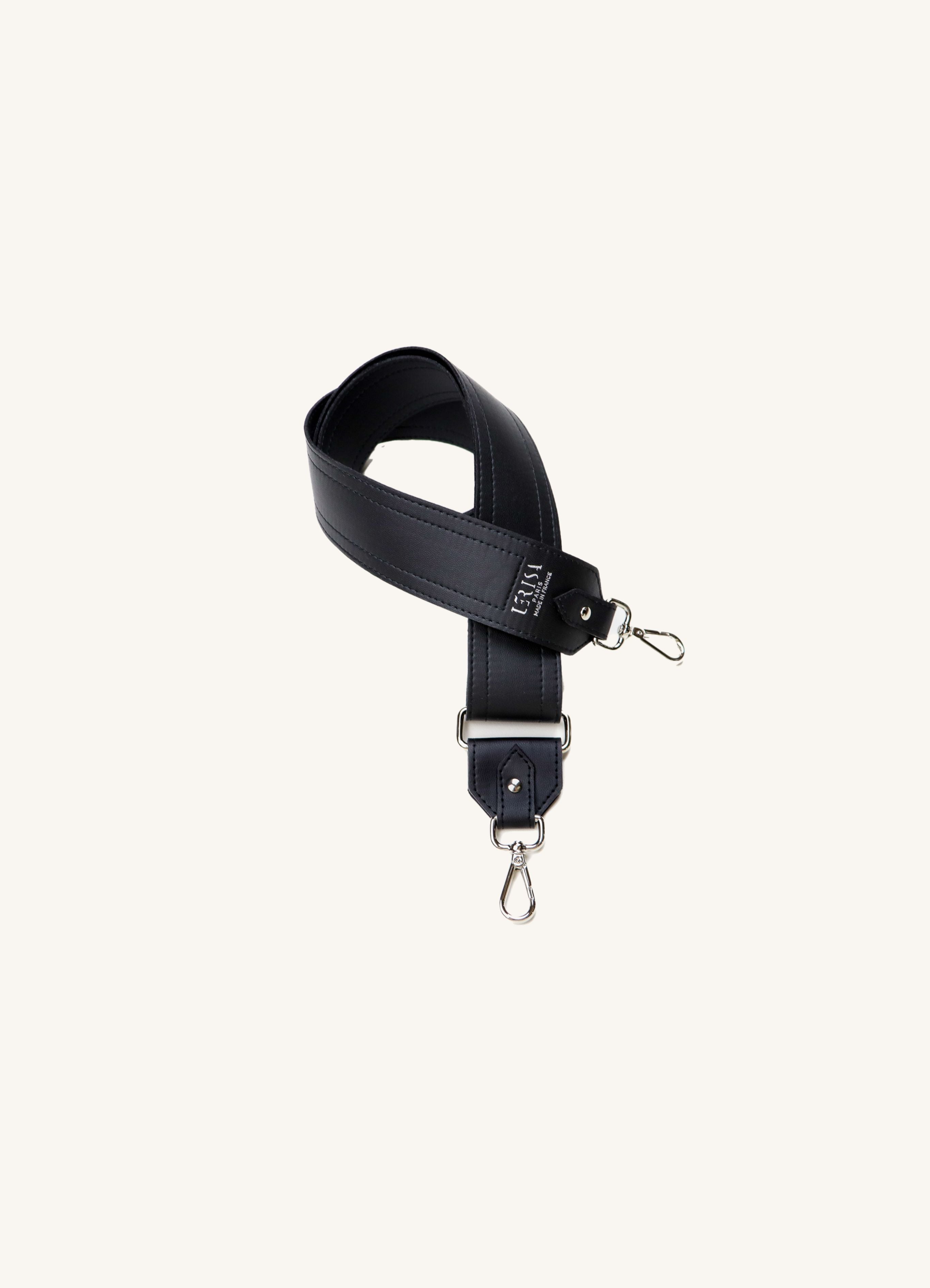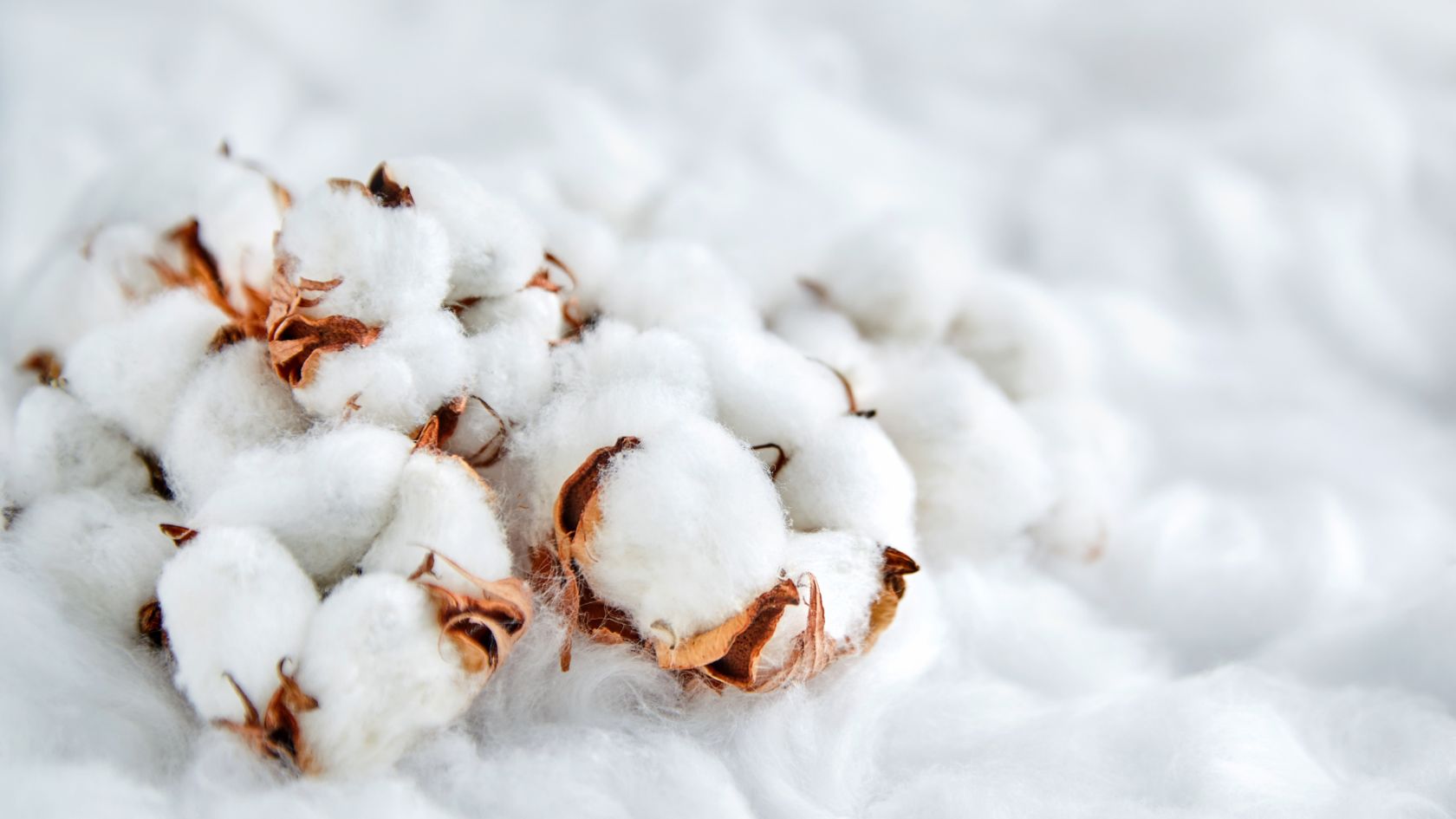5 ideas for greener Christmas trees to put in your living room
-
A natural fir tree , grown in France and bearing a Plante bleue, MPS, PEFC or AB (organic farming) label.
- A potted fir tree : but for the plant to survive the Christmas holidays you will need:
- Provide light. Place your tree preferably near a window;
- Keep your tree away from a heat source;
- Water your tree regularly, preferably every day;
- Spray water on the foliage;
- Do not keep your tree indoors for too long, ideally do not leave it indoors for more than 3 weeks.
- If you already have a plastic tree, it will need to last at least 20 years to offset the CO2 emissions associated with its manufacture and transport.
-
A wooden Christmas tree. Currently, you can find some beautiful models.
-
And why not a homemade Christmas tree ? Whether it's made from planks, pallets, branches, etc., there are plenty of tutorials available online so you can make your own.

A natural or artificial tree?
Forget the plastic tree! Choose a natural tree!According to a 2009 Canadian study , the carbon footprint of a natural tree is 3.1 kg of CO2 emitted per year, compared to 8.1 kg of CO2 emitted per year by an artificial tree.
How is this explained ? First, during their growth, natural trees absorb CO2 from the atmosphere. Artificial trees, on the other hand, are made of plastic, in factories that emit a lot of CO2 and are often produced in China. A disastrous carbon footprint.
Then comes the recycling stage. Natural trees can be given a second life through composting and mulching. Some municipalities collect the trees and take them to shredding and recycling facilities. If artificial trees are incinerated, they will release toxic fumes that are harmful to humans and the environment.
If you already own an artificial tree, the threshold at which it becomes a better option in terms of environmental impact is to use it for at least 20 years. But after twenty years, it may no longer be a beautiful tree... On average, in France, the lifespan of an artificial tree is 6 years. Unfortunately, this is too short a period to be able to amortize its environmental impact.















Leave a comment